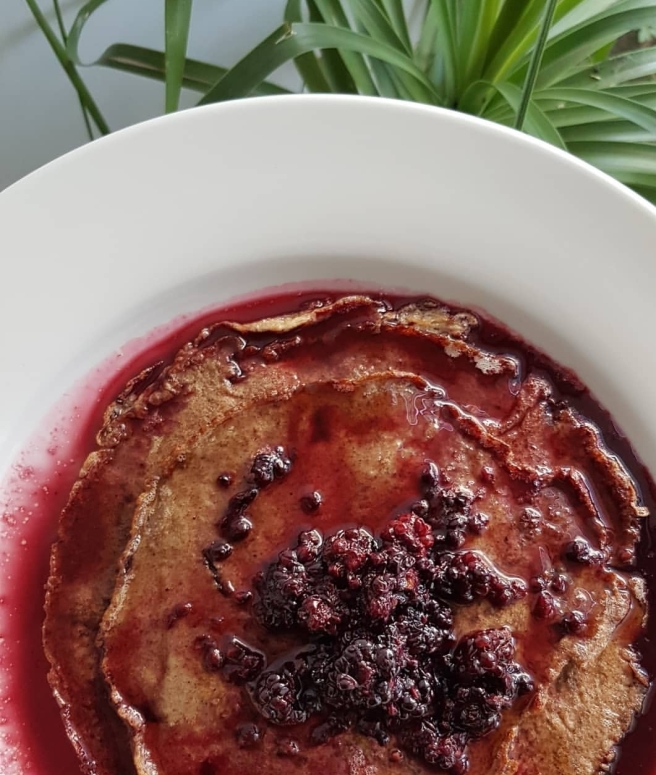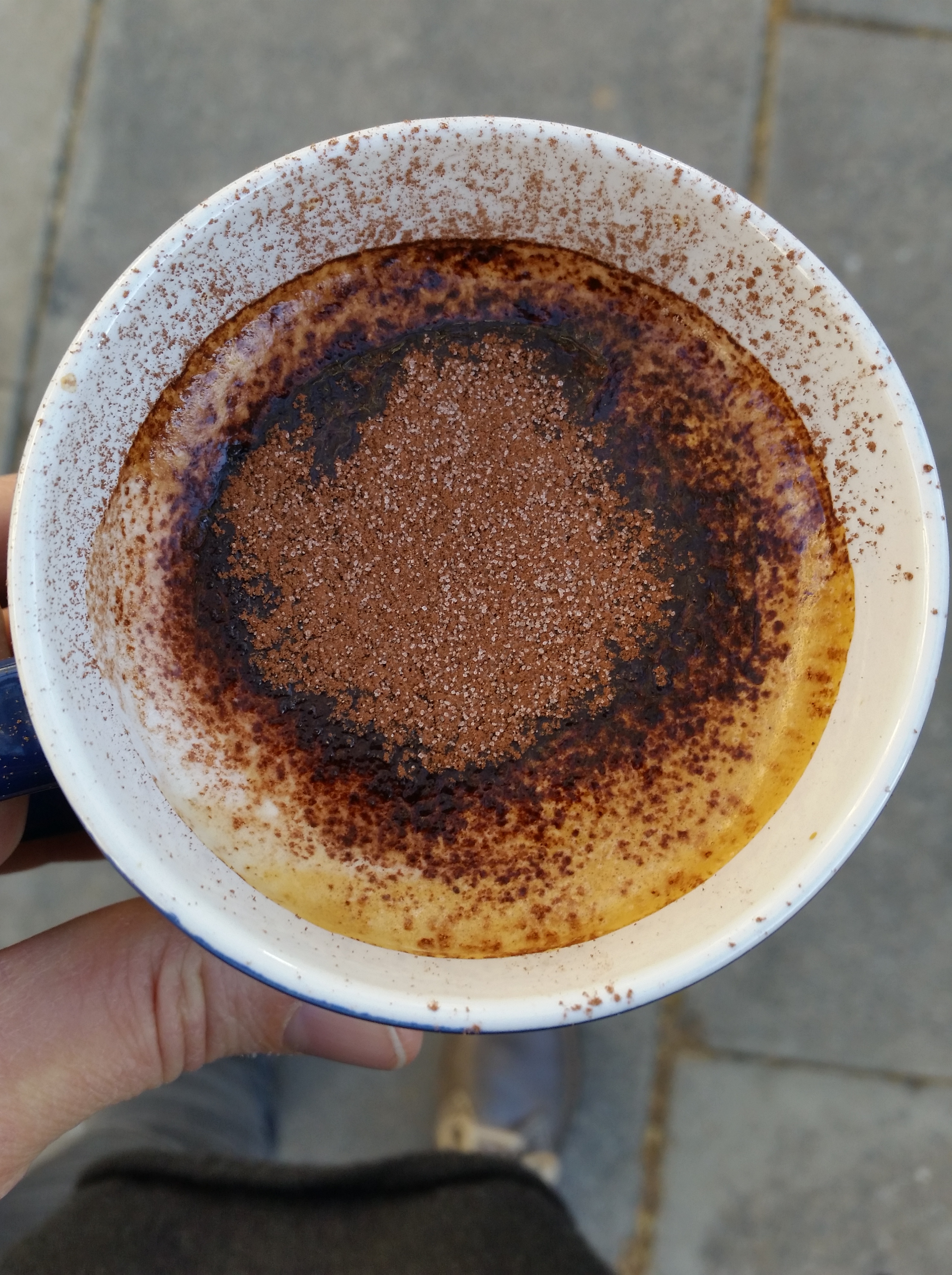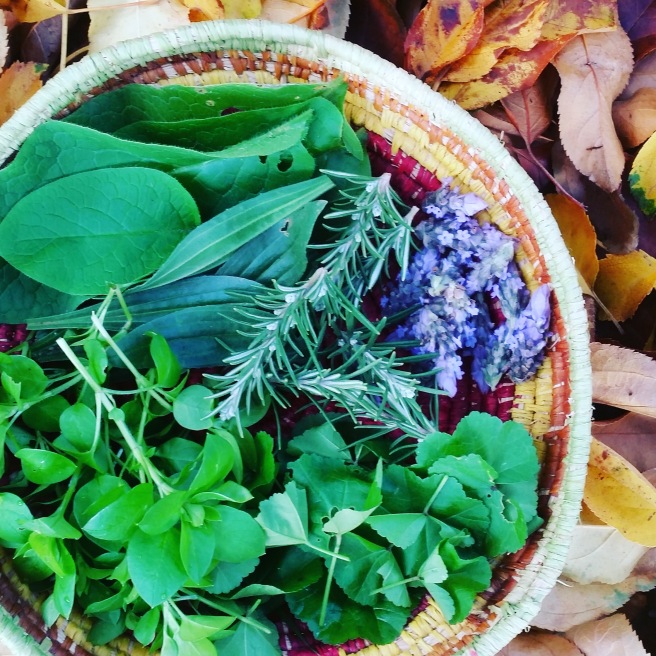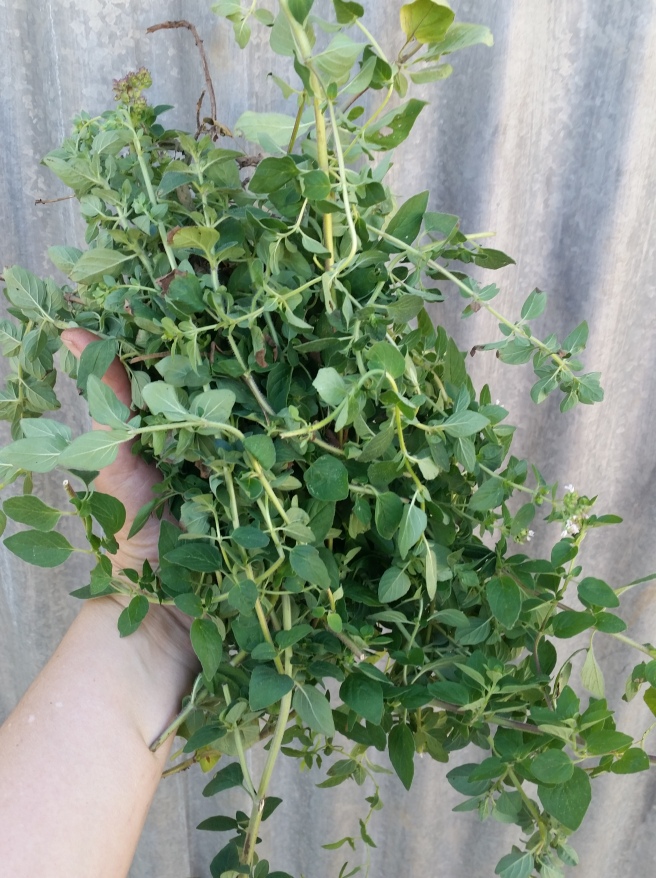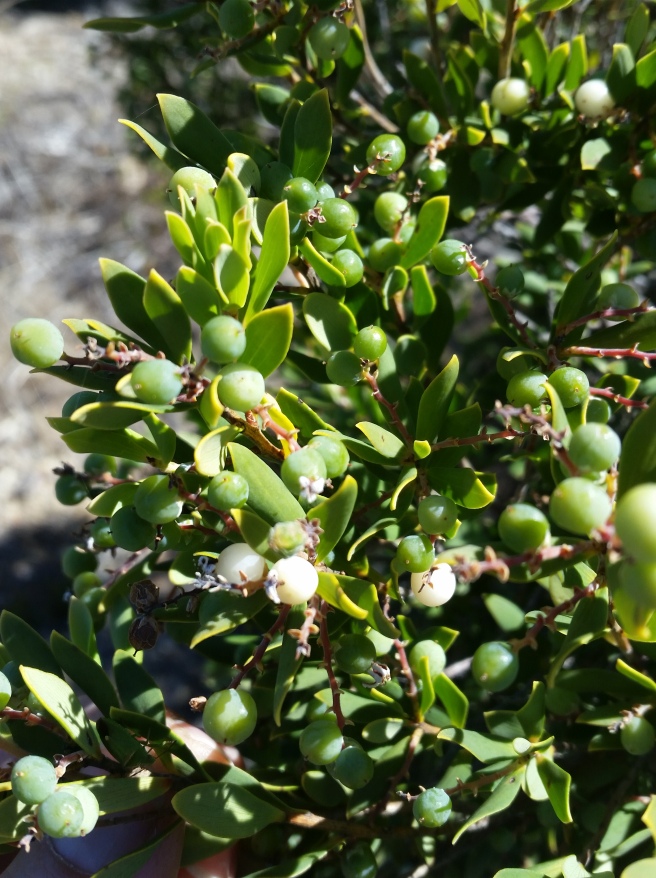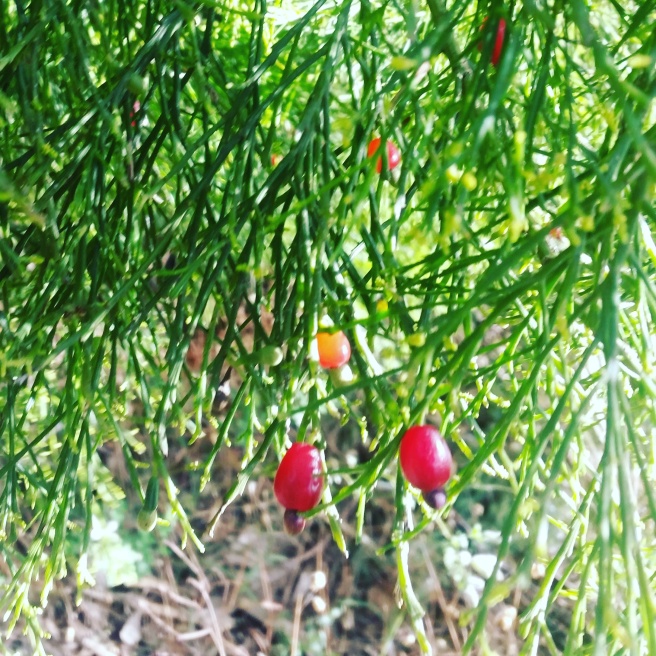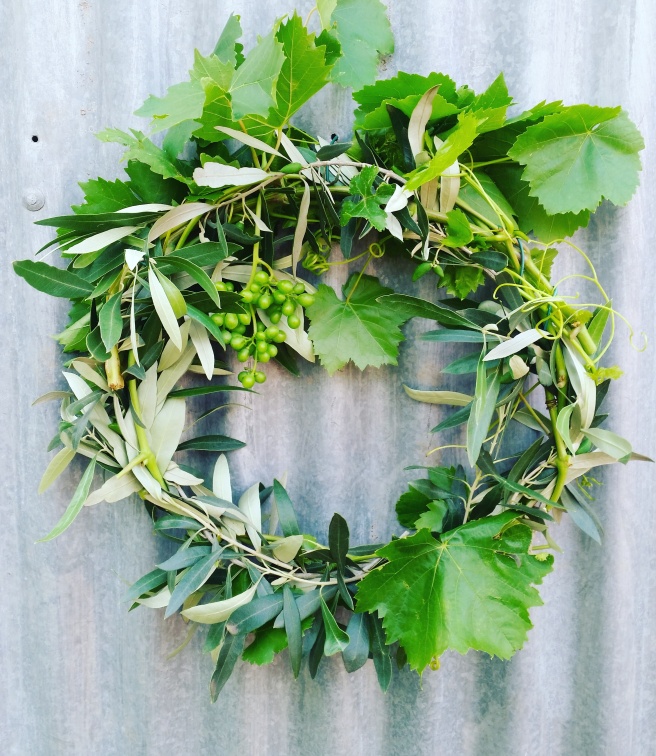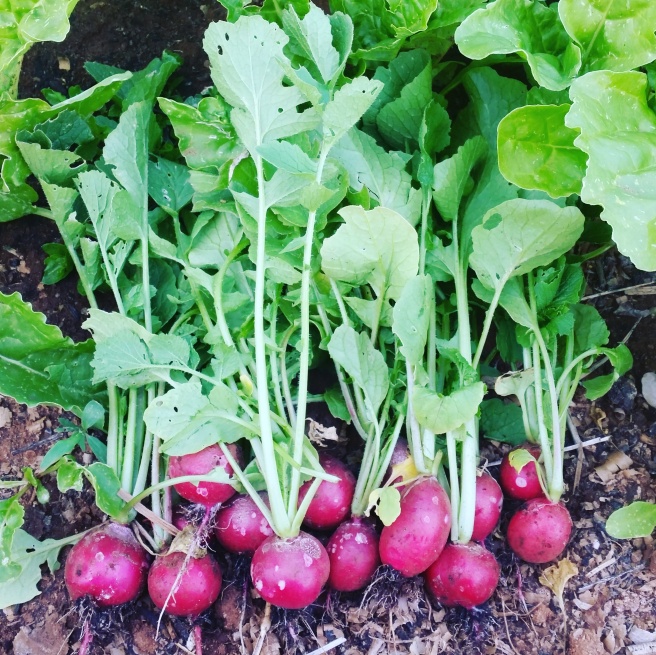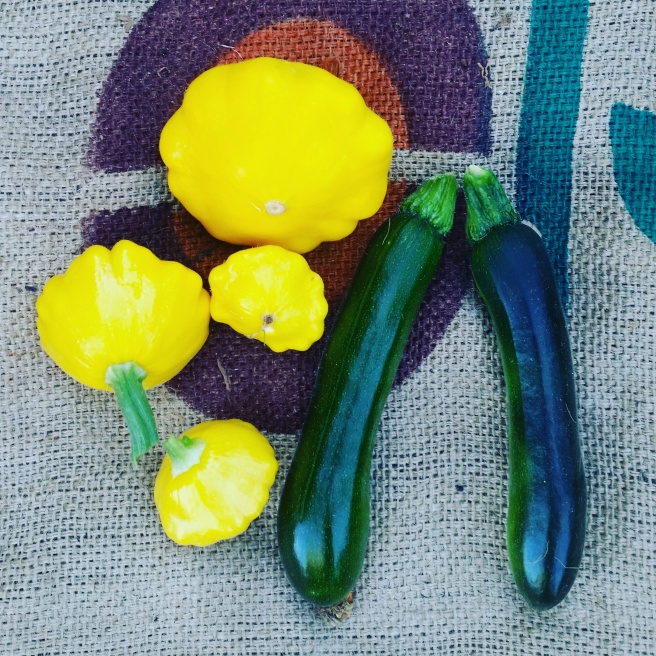Like you, I have watched the bush fires sweeping our beautiful country. They are still burning and the crisis isn’t over. My heart is heavy for the thousands of people now displaced and homeless. I have no words for how tragic the loss of the ecosystems is in the areas affected. There are multiple places to donate money to including the country fire services, wildlife rescue, the families of those that have died or the SA government bush fire relief fund to help with the immediate crisis. The rebuild will be long and difficult for many, we need to reach out and help those affected for a very long time.
I have watched our beautiful country dry out over the last 2 decades and don’t know why basic ecological rules are being ignored. In the 90s I did formal studies in ecological restoration and the rules of nature are strong and clear. Mess with the water cycle and you get drought. Mess with the atmosphere and you get global warming. Pollute the land and you get toxic chemicals leaching into our aquifers. Pollute the seas with plastic and you interfere with the ocean currents that regulate the earths temperate. We aren’t being good custodians of the land or seas and this needs to be remedied.
I hear lots of people concerned about our environment but don’t always see corresponding action to address personal responsibility for greenhouse emissions or their broader impact on the environment. I hear lots of excuses and justifications for not acting. Just do it, big actions or little, it all adds up. We wanted to understand our household impact so we used the Australian Greenhouse Calculator. There are other calculators around too if you want to compare. While our household impact is small compared to the emissions of the US department of defence our governments either agree or not to go to war, so who we vote for matters.
Our emissions are small compared to big oil, gas and coal industries, but collectively we all use these products in our day to day lives which clearly adds up or these companies wouldn’t have such a big greenhouse impact. It pays to minimise reliance on these in day to day life. So, it doesn’t matter to me if you don’t believe the science or who you voted for. What I care about is if you want to help heal the patch you have responsibility for, whatever that may look like. There are so many areas of environmental mismanagement needing work, pick something that resonates and act on it. It’s all needed, on every level.
Some ways a regular household can quickly reduce greehouse impact is to reduce the number of flights taken. Go on local holidays instead. Change household power to renewable energy, this can be done if you are renting or own, find out what your energy retailer offers. Minimise reliance on cars and catch public transport, use a bike or walk to minimise oil usage. See if you can purchase something second hand, rather than new to minimise resources being used. If you can’t find second hand buy quality items new with a clear view to it’s end of life. We really need all people including government to be heading in the same direction to turn things around for our beautiful planet.
Agriculture and shipping food around the planet has a huge impact too. I’m passionate about local food, not just because it tastes great but also because it’s much kinder to the planet and your body to eat local food. Food that has been shipped or flown into SA has a huge carbon footprint. Some imported food gets irradiated and more generally it’s lost it’s vitality. Employment conditions in countries with cheaper labour can resemble slavery. Water is being stolen from ecosystems around the world to support big agriculture. I don’t want my shopping dollars to support that. Buying local food that’s not organic is a better option that the imported options. Even better is buying food that’s been grown organically and by farmers that are committed to building soil and regenerating the land. Or start growing some of your own. Every action counts.
In our garden this summer we’ve been experimenting with no dig gardening. It’s been fantastic for building soil, there’s been less weeds which means less time managing them and it’s clearly shown a greater capacity to hold water. Other experiments have been growing crops to see what can handle the long hot and harsh South Australian summers. So far the corn, tomatoes, zucchini and pumpkins are loving the heat. The fruit trees are having mixed results so I’ve added a blanket of compost around the base of the trees to help cool the ground more while they are still establishing and don’t have a big canopy.
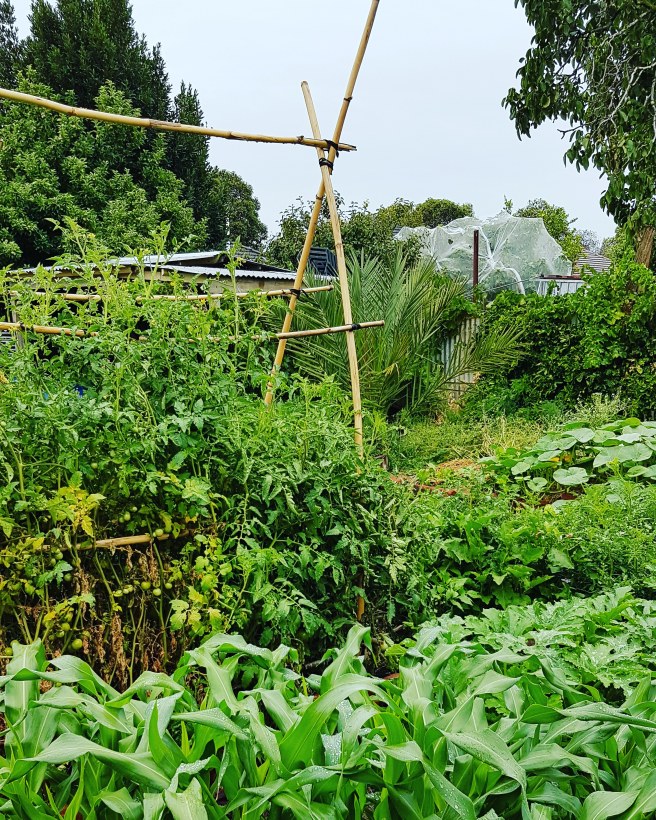
We pulled out the winter cabbage and golden beetroot to make sauerkraut. The black radish went to seed and instead of pulling it out, I’ve been collecting the green seed heads and pickling them. I also dried a bunch of herbs, edible weeds, leek, onion, celery and capsicum to make homemade stock powder, the healing herbs collected from the garden and infused in local olive oil are ready now for making into soap and healing balms.
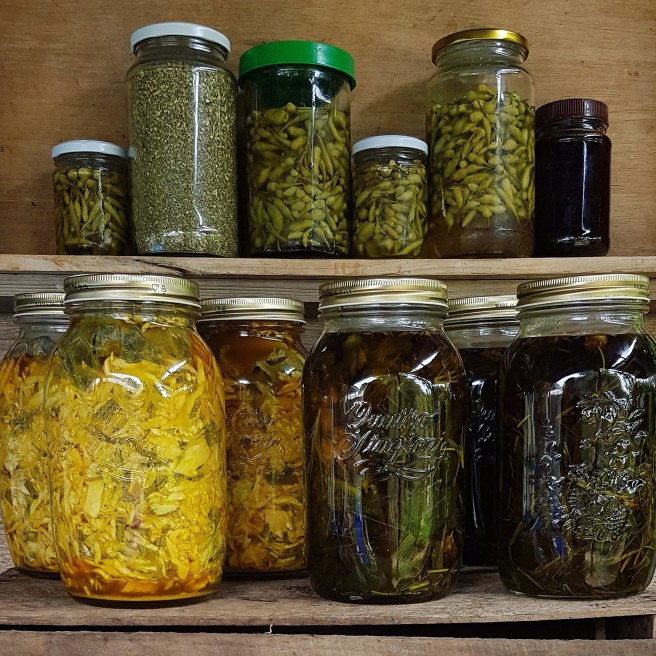
The birds have largely left the apricots alone this year so we have been able to get a good crop for preserving. I’ve made fruit leather, apricot jam and stewed apricots. This tree is our neighbours tree and the fruit is shared by us and another neighbour. It’s more than enough to feed us all and still give some away. Our nectarine tree finally put on a lot of fruit but I didn’t time the harvest well and lost the crop, mainly due to the heatwave spoiling the fruit and the birds and ants getting into them. There was a window of a few days where I may have been able to get a crop from it but I was away from home for a week and didn’t have time to harvest before I left. The plum tree dropped a lot of fruit in the heat and they don’t taste anywhere near as good as they have in previous years. I’ve planted two white sapote trees and am hoping they will make it through the hot summer.

Last year the council was ripping up the concrete paths on the street and replacing with paving. I asked the digger operator to remove some of the compacted dolomite from the verge rather than add more so I could plant something on the verge. I am pretty excited about my first crop of karkalla this summer. I got these plants from Provenance nursery in Salisbury to grow them on the verge. To stop dogs weeing and pooing on them I sprinkle the verge border with ground chili and put white vinegar on the tree to stop them marking their territory. The dogs just walk straight past. Verge gardens are great, especially edibles ones but it’s not good to eat from a dog toilet. This is my solution to obtain a yield from it. Some ruby salt bush has also self seeded on the verge and I’m looking forward to seeing the verge develop over time.
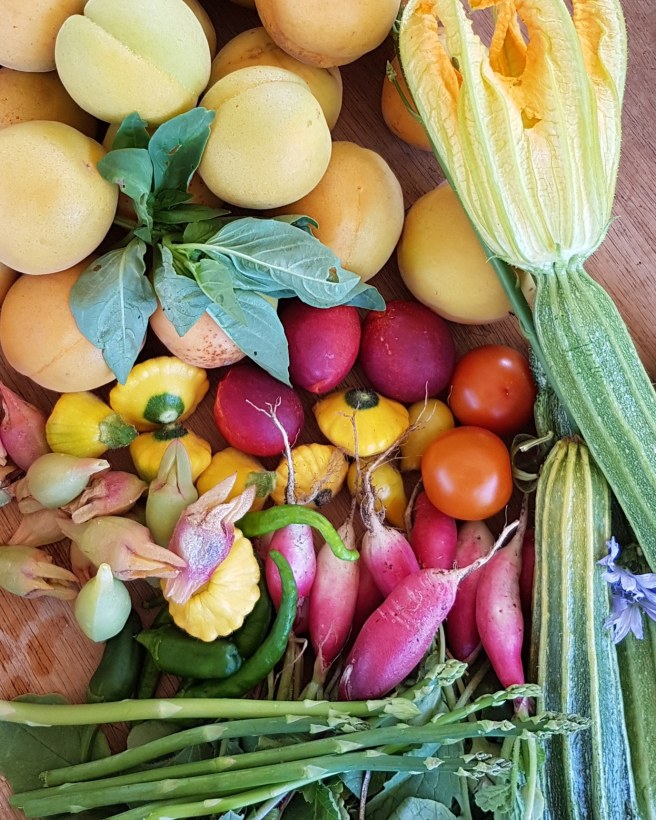
One thing I miss about living in the country is the humble honesty box. So to bring some country heart into the burbs we make one of our own and whacked it out the front. Honesty boxes are where you sell your produce on the road in front of your house by leaving it out there and a spot for people to put their money. People take and pay by leaving their money. It relies on people being honest. This box will mainly have preserves rather than fresh produce. My excess fresh produce is given to friends, family or is put on a Grow free cart. The olives we collected back in Easter last year are almost ready so these will be put on the honesty box for sale in the coming weeks. I have also put seeds collected from the garden on the box too.
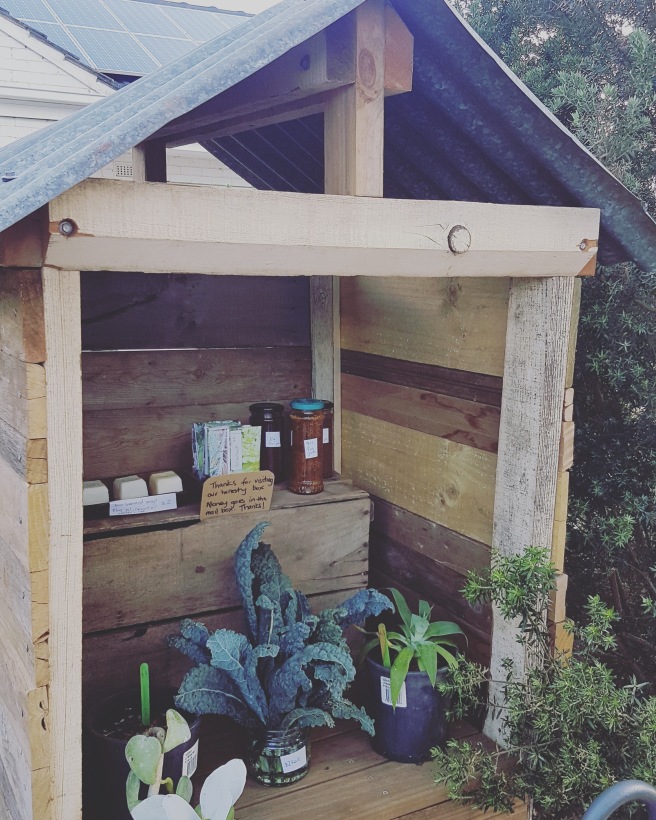
While I despair about the fires, water mismanagement and the broader relationship humans have with the environment I will continue to advocate for growing and eating local food, saving seed and building soil. I will appreciate all the good work and actions that people are doing around the world to honour the earth. I will have hope for our future. I will love the land I’m on and in the words of Wangari Maathai ‘I will be a hummingbird and do the best I can’.
